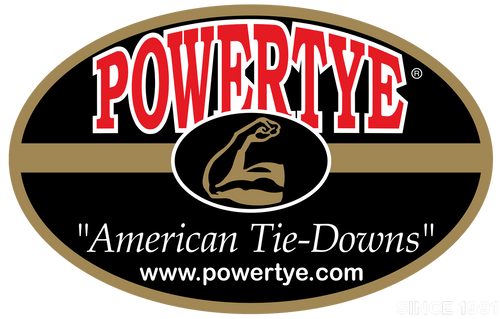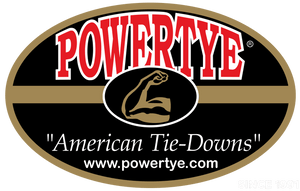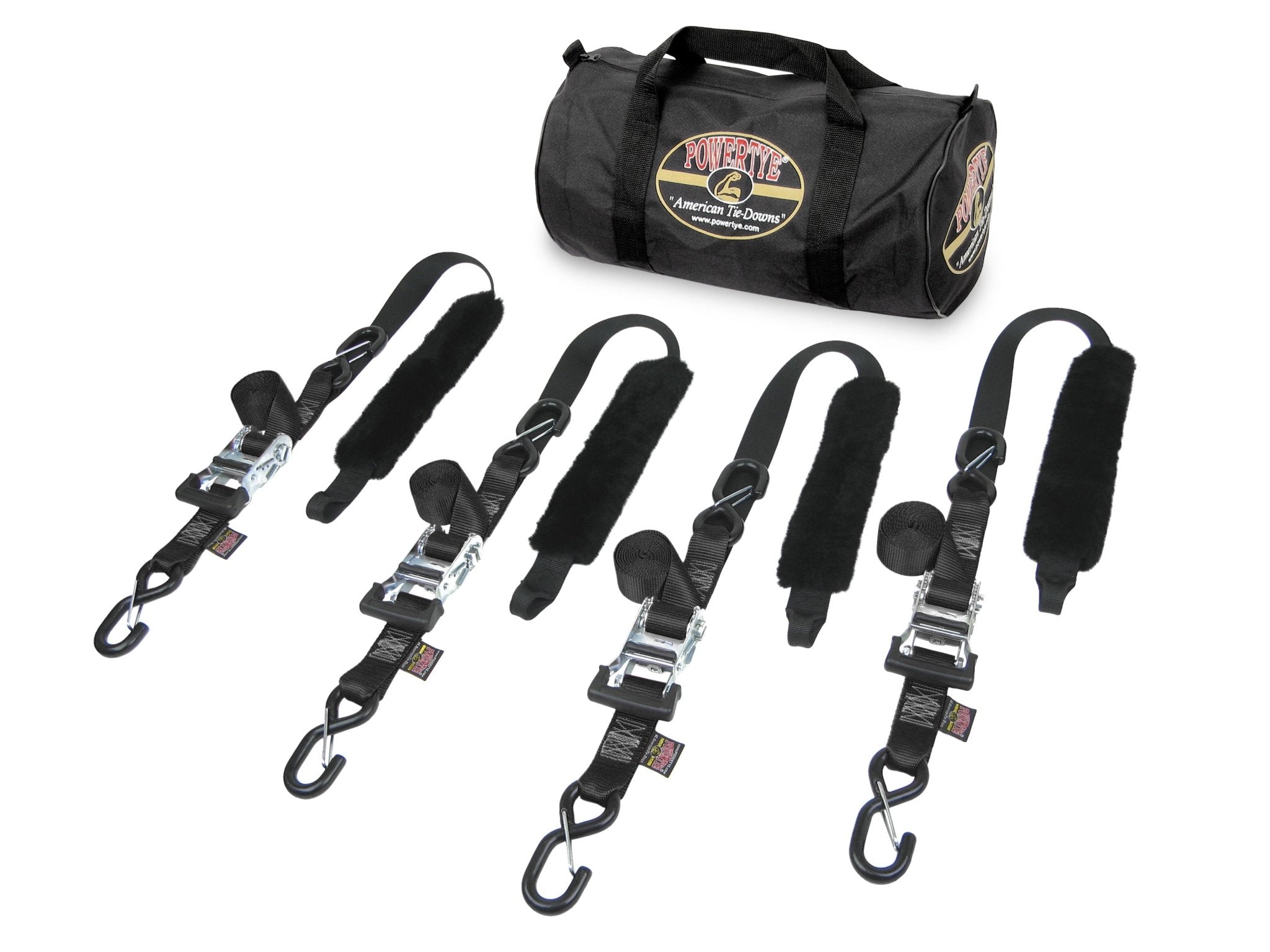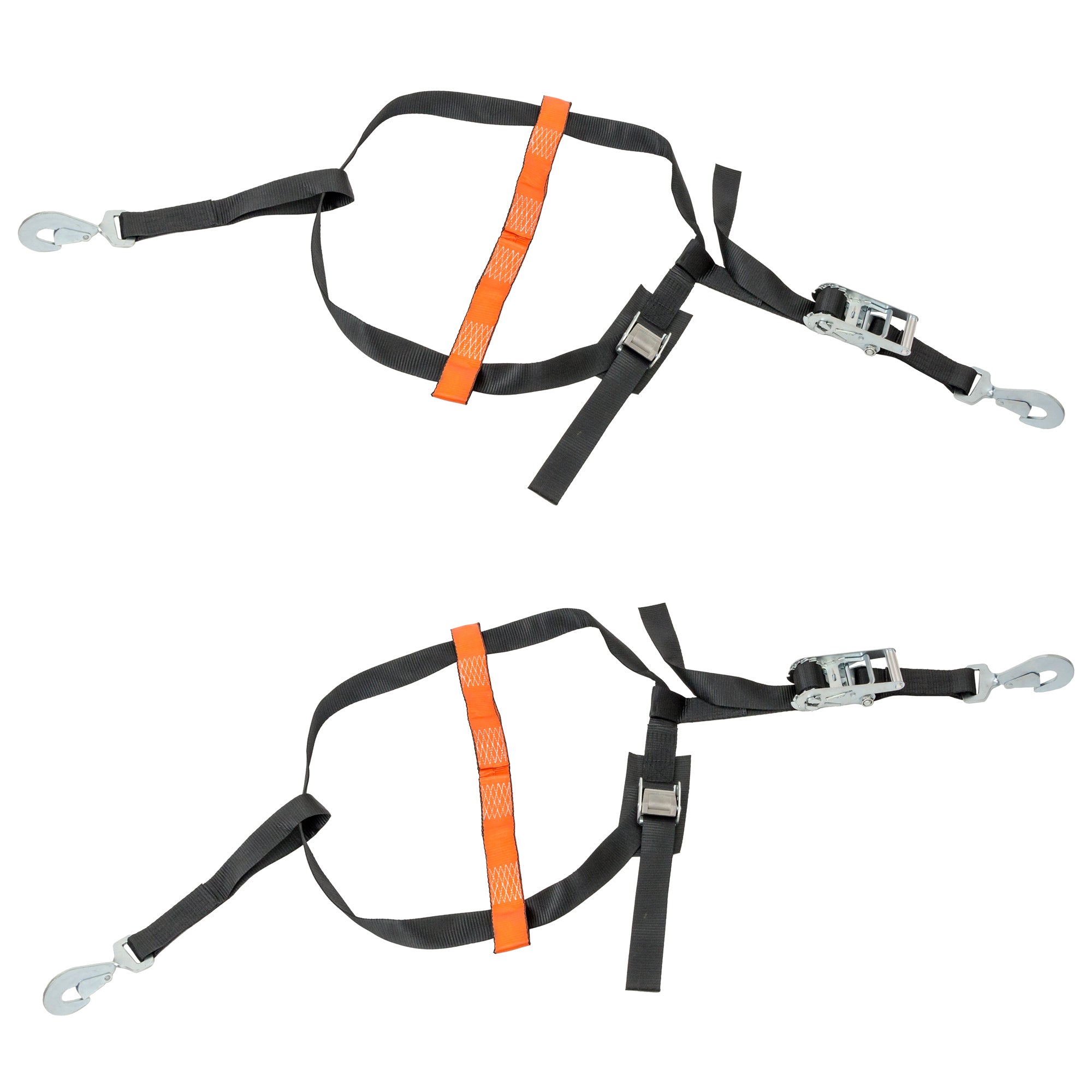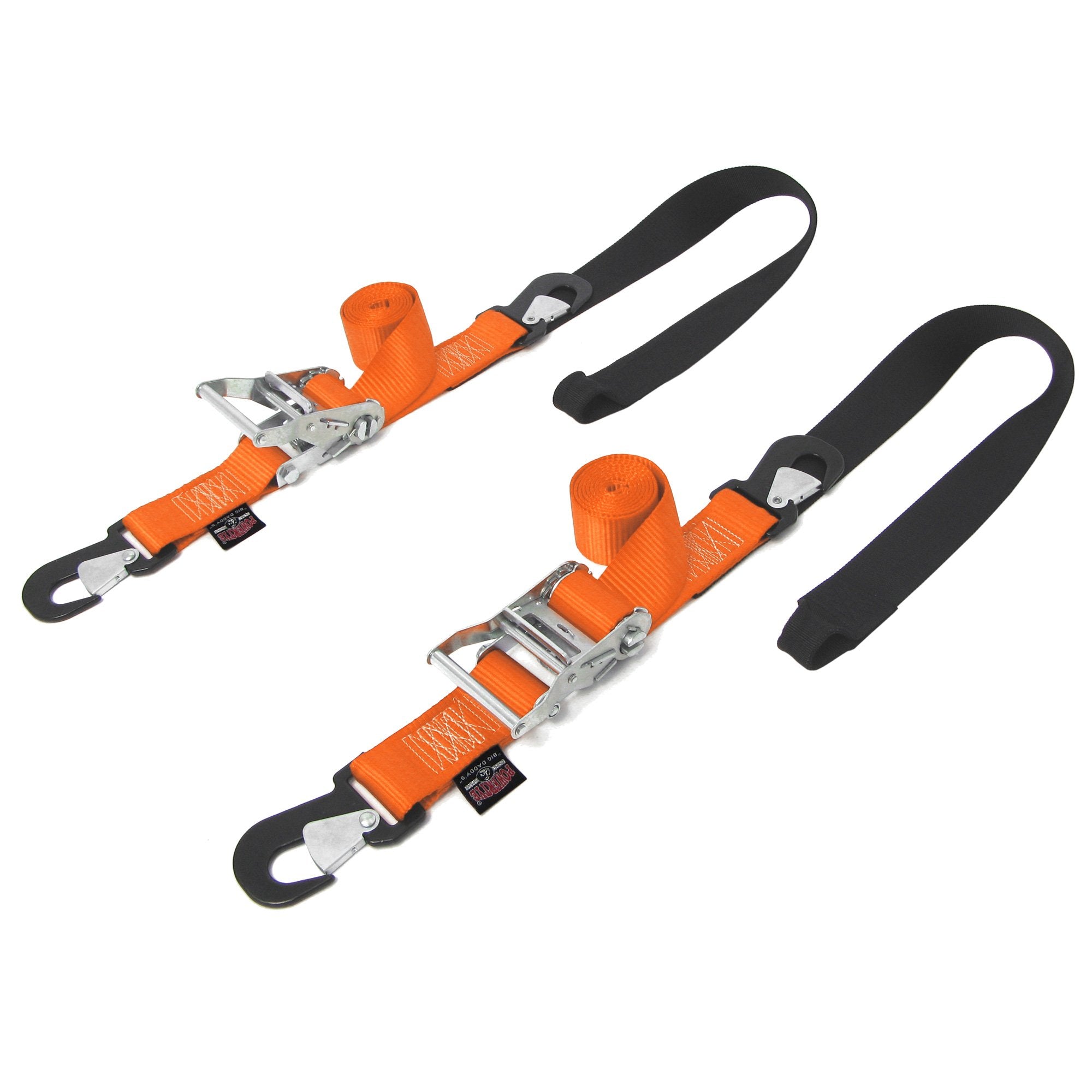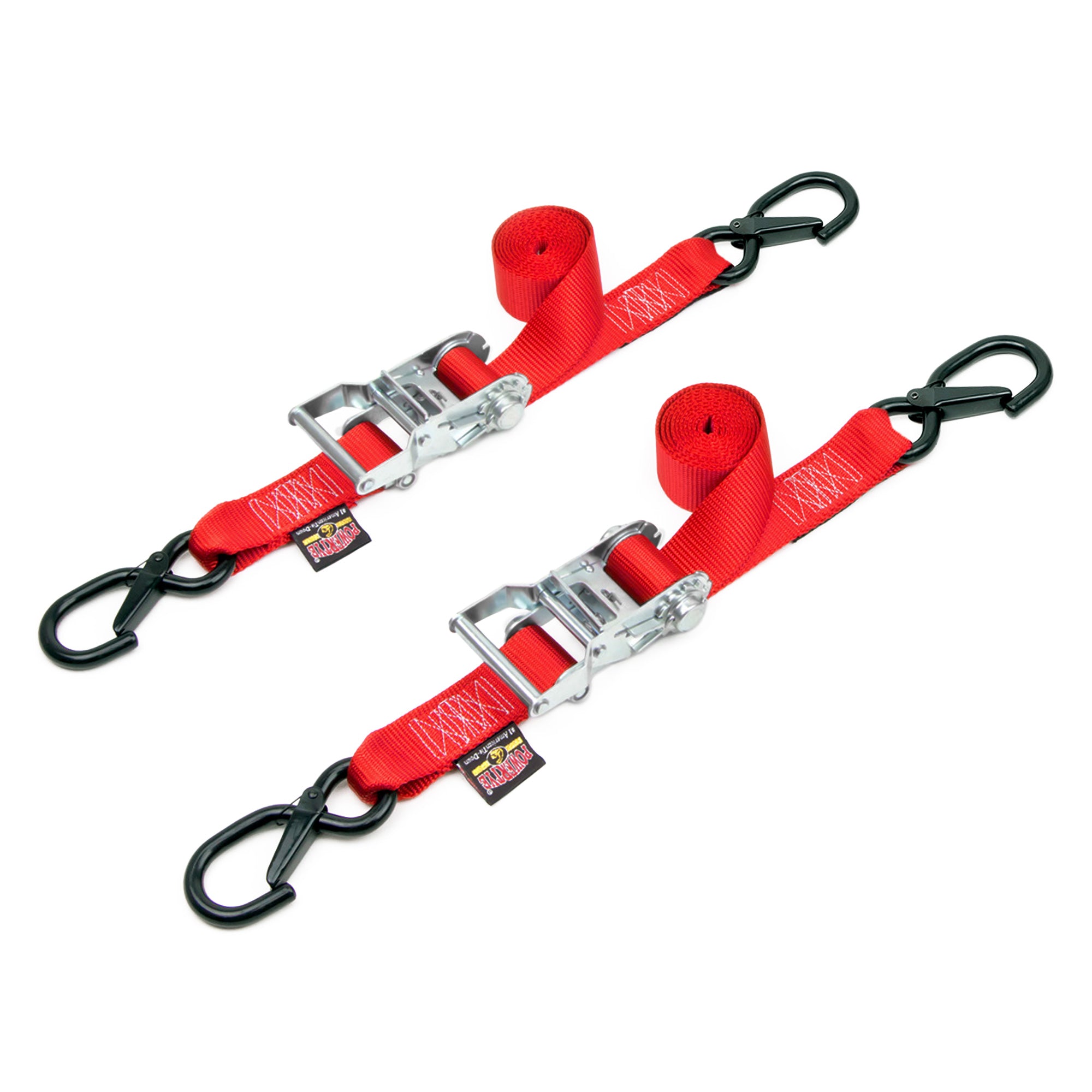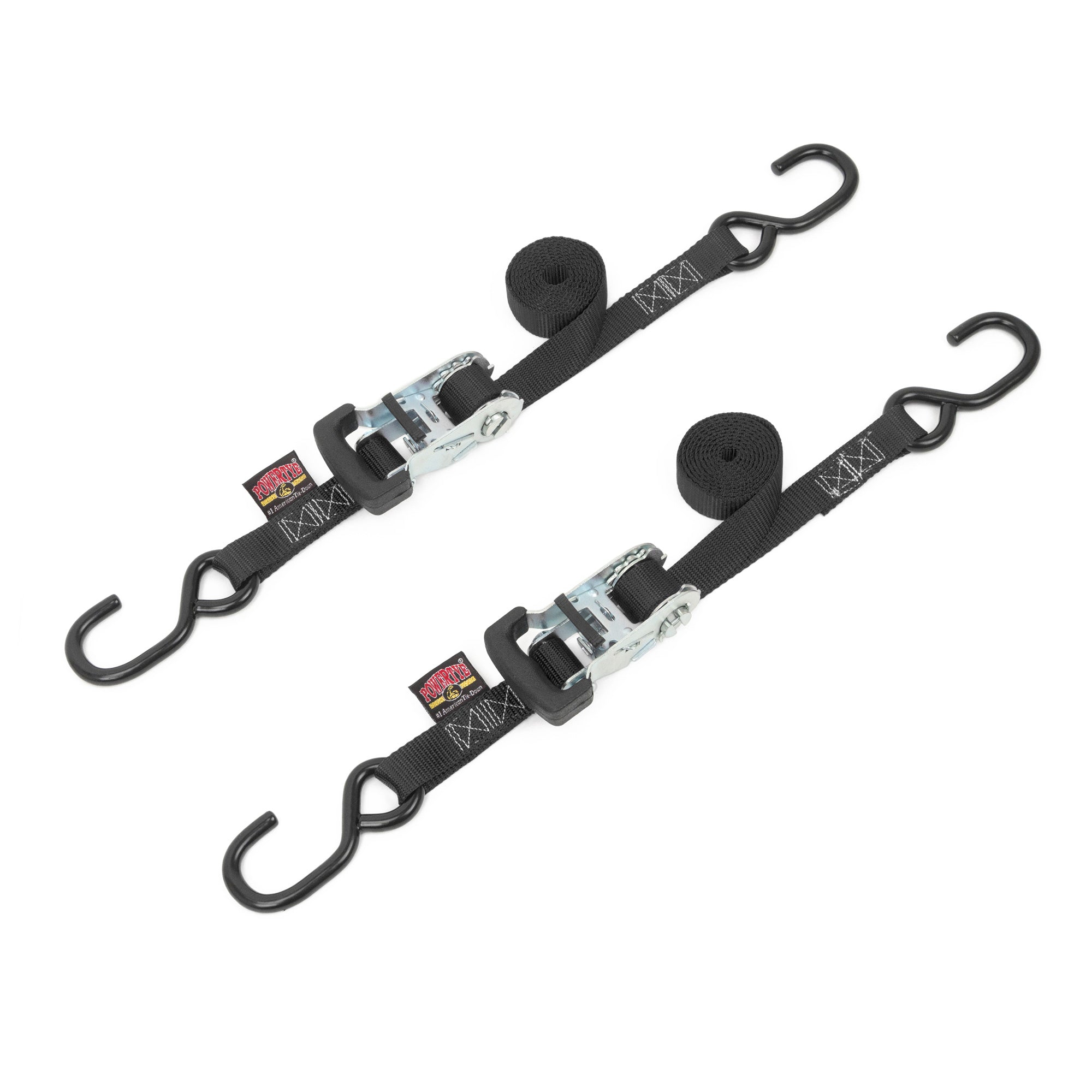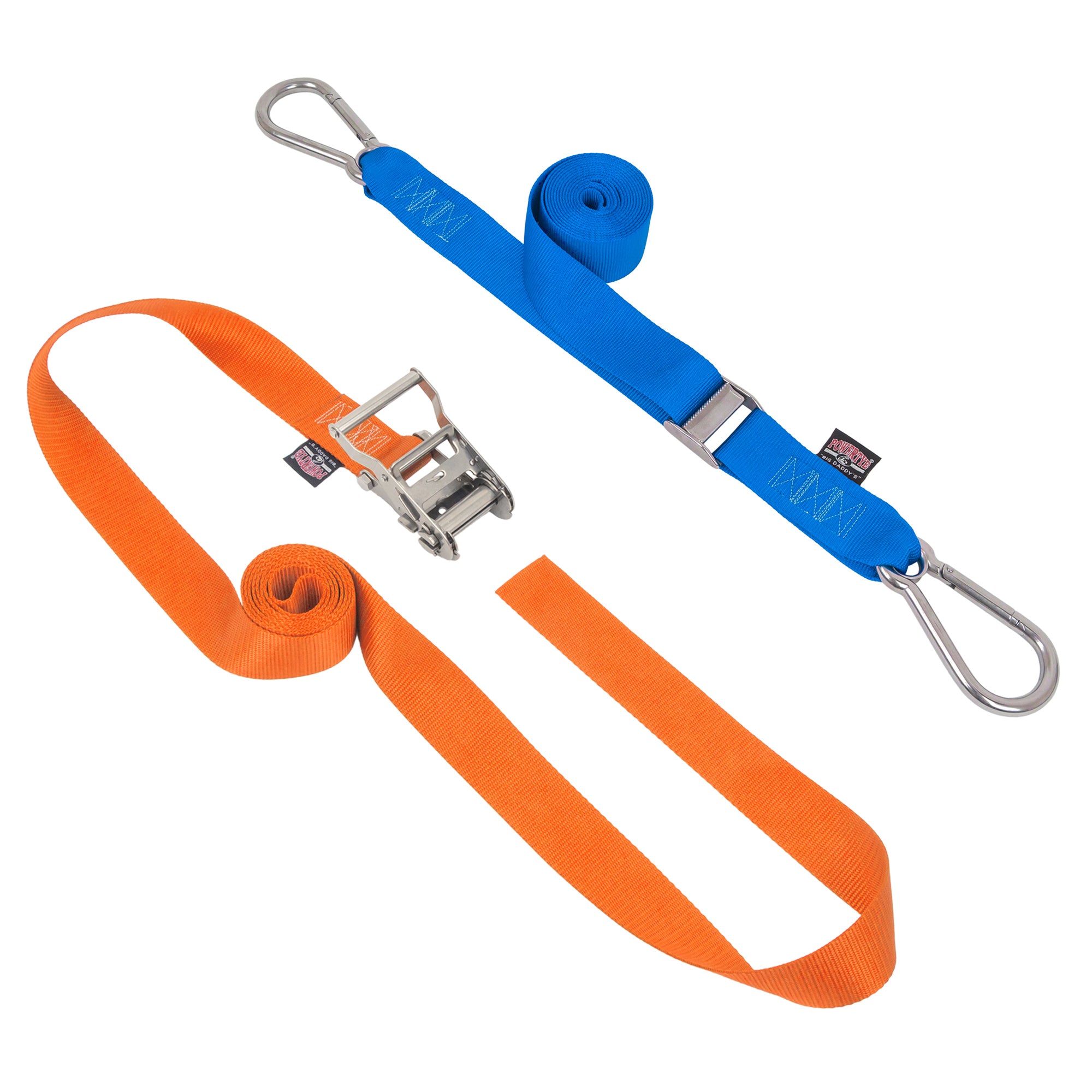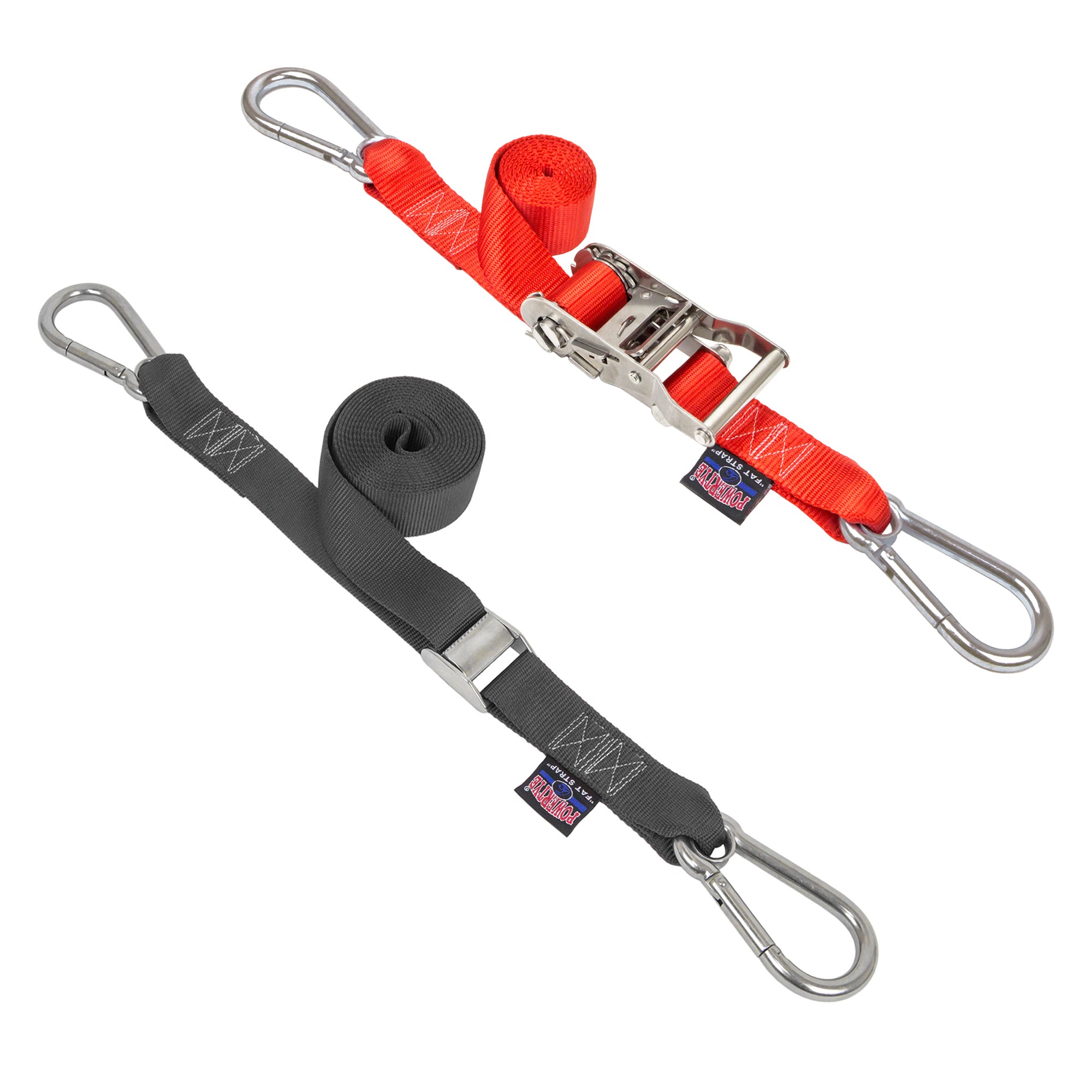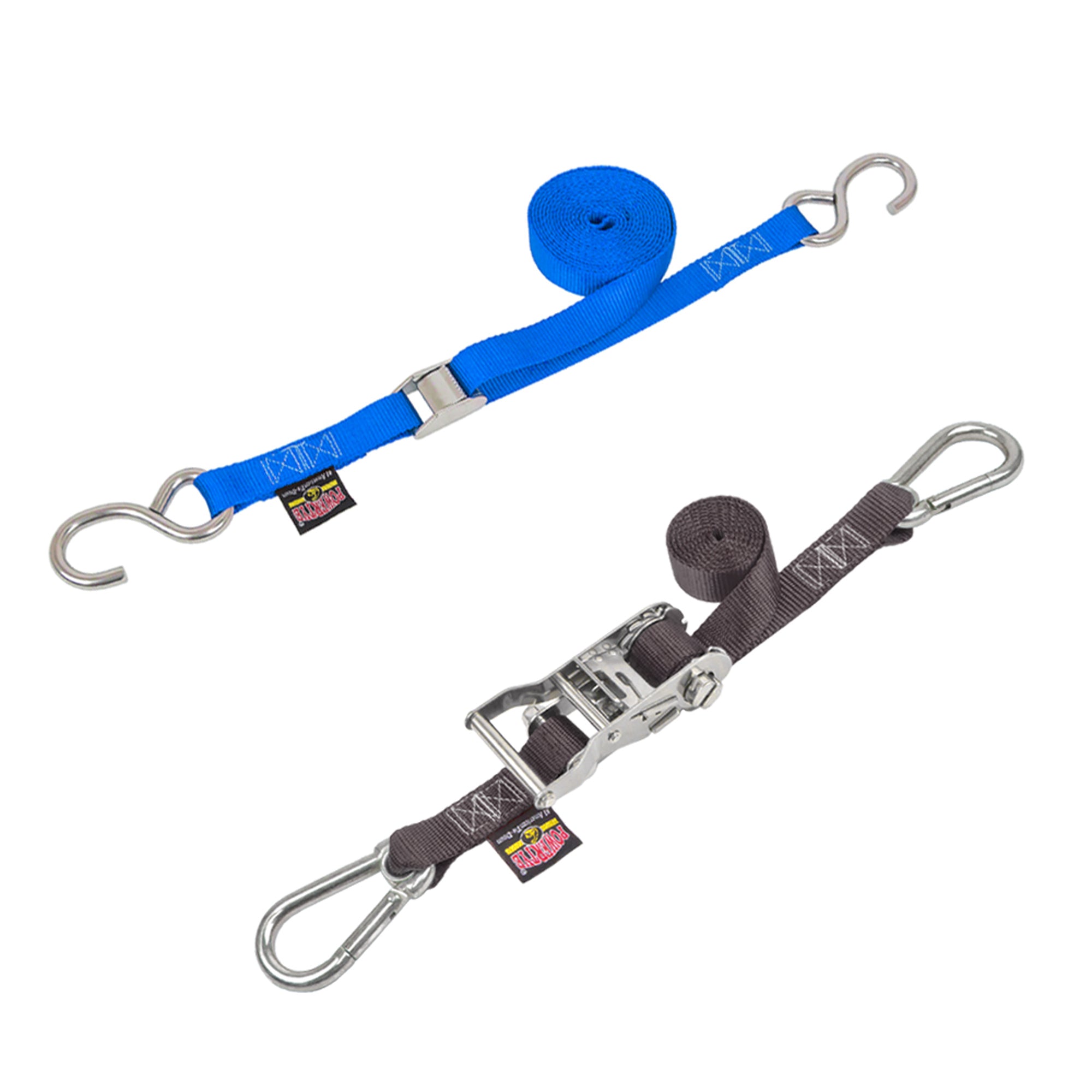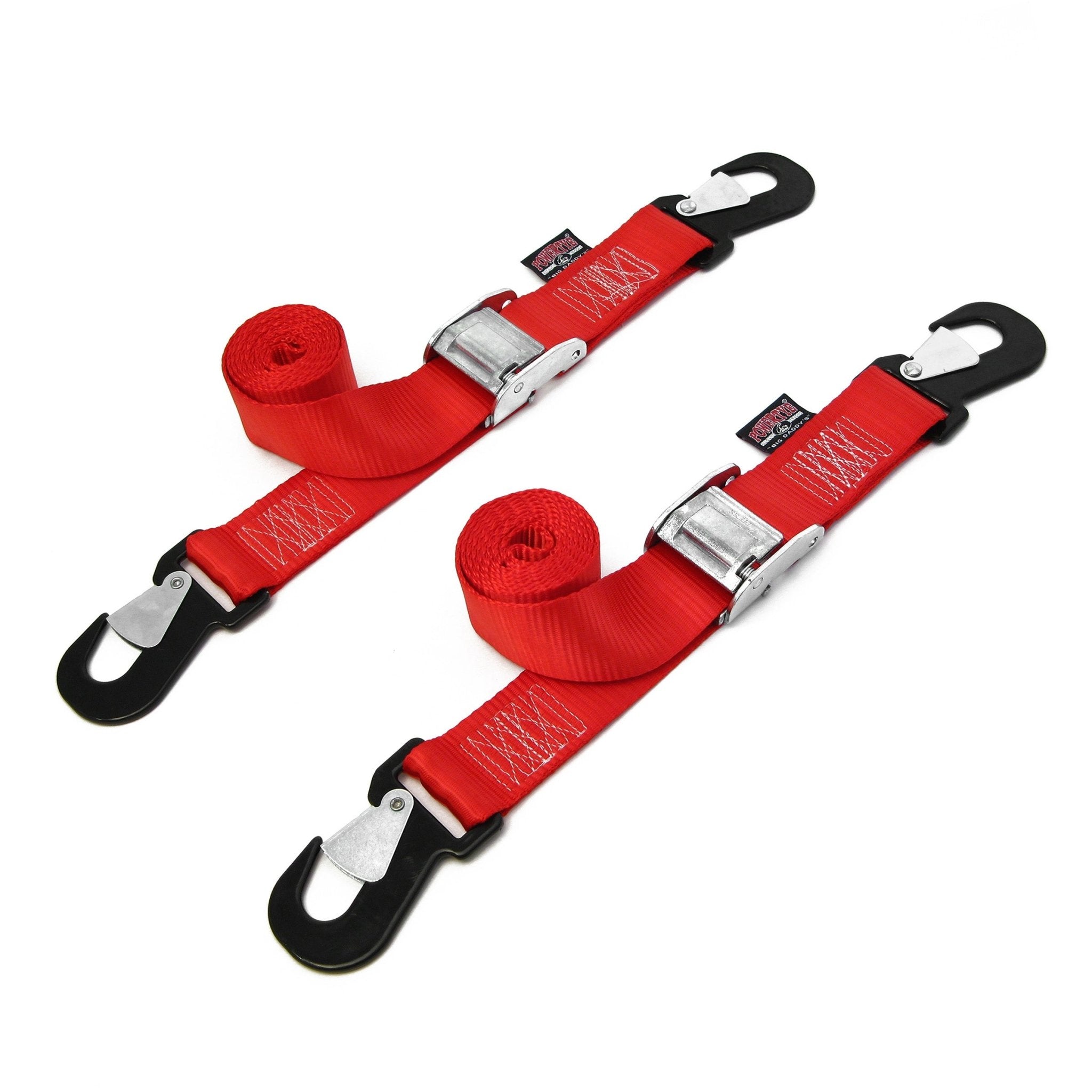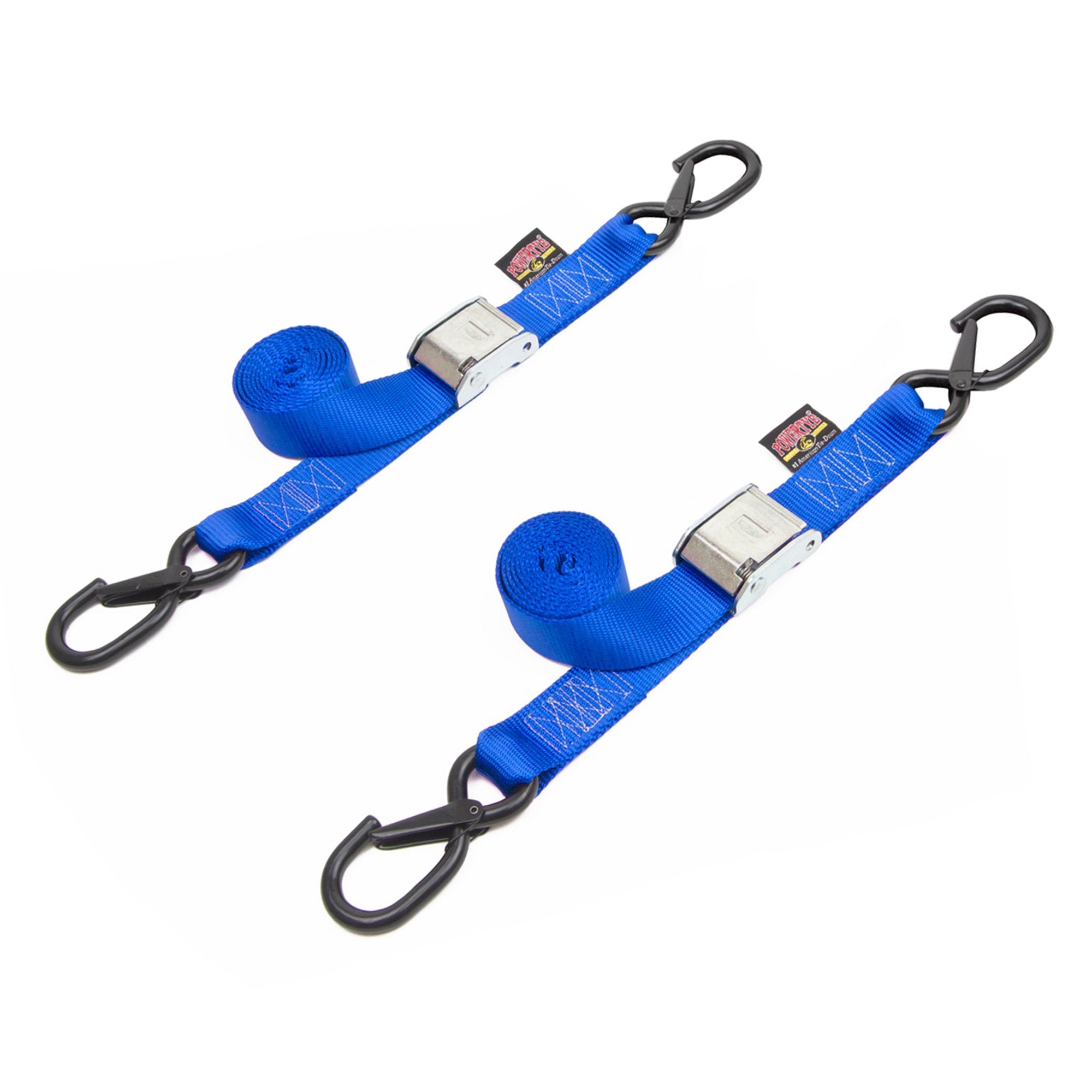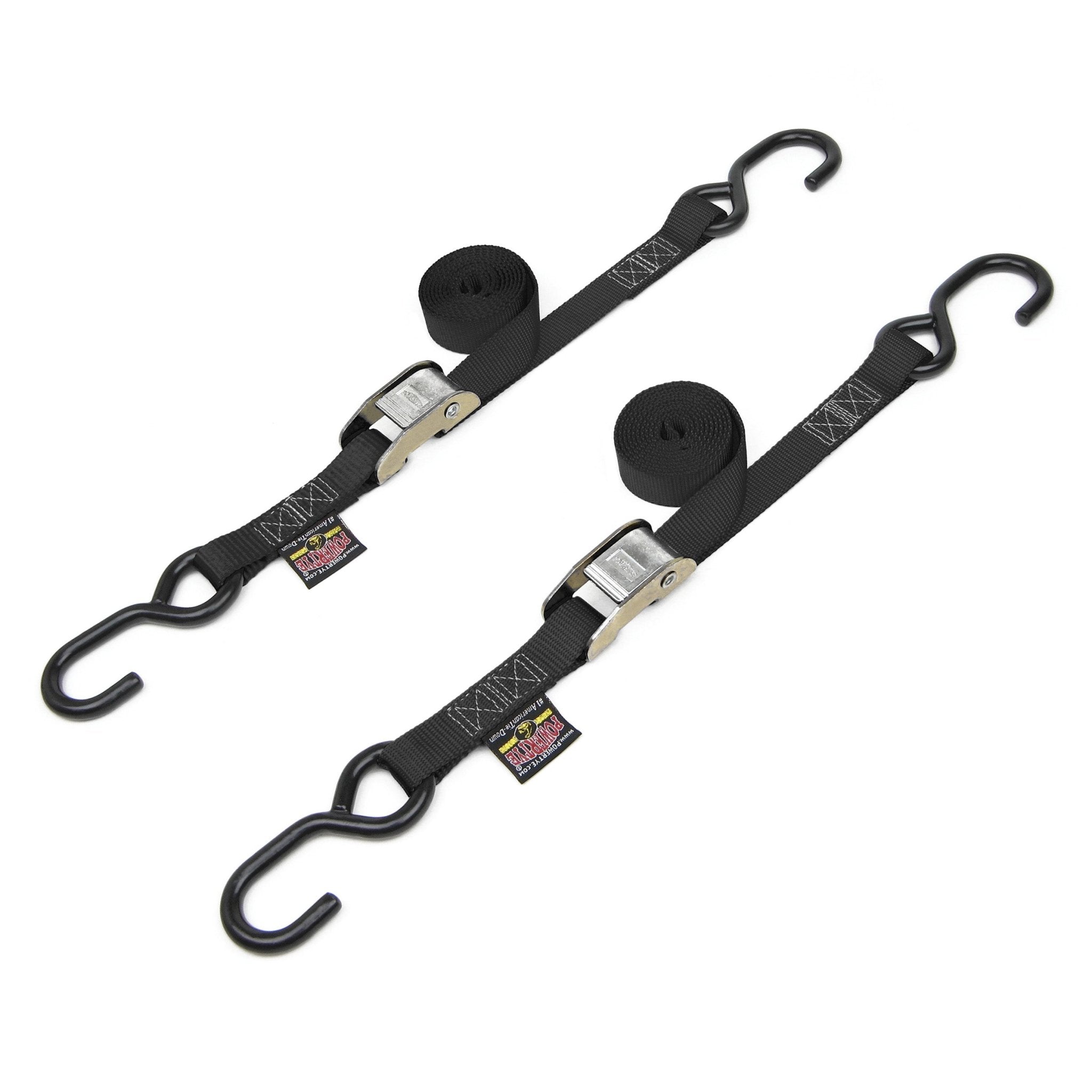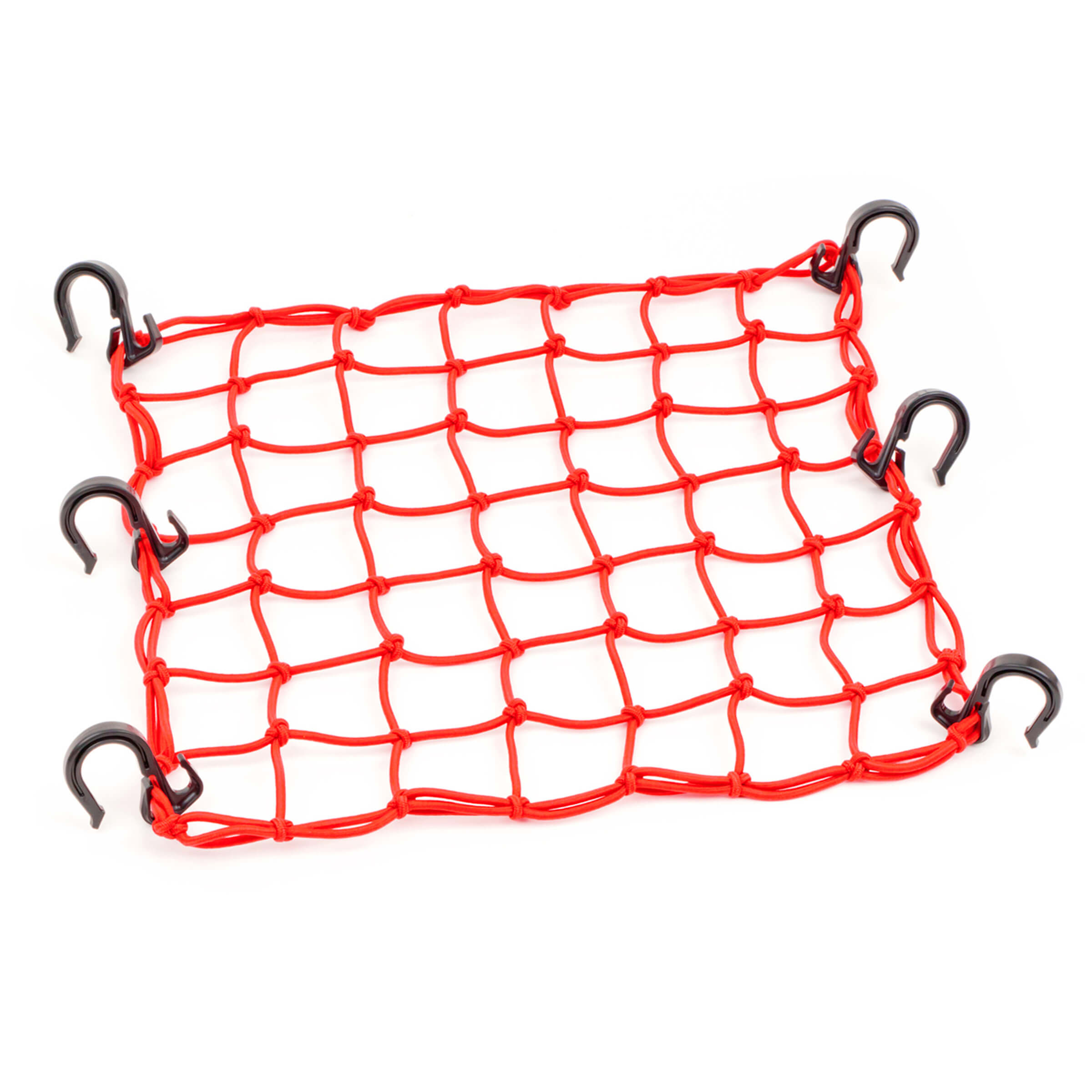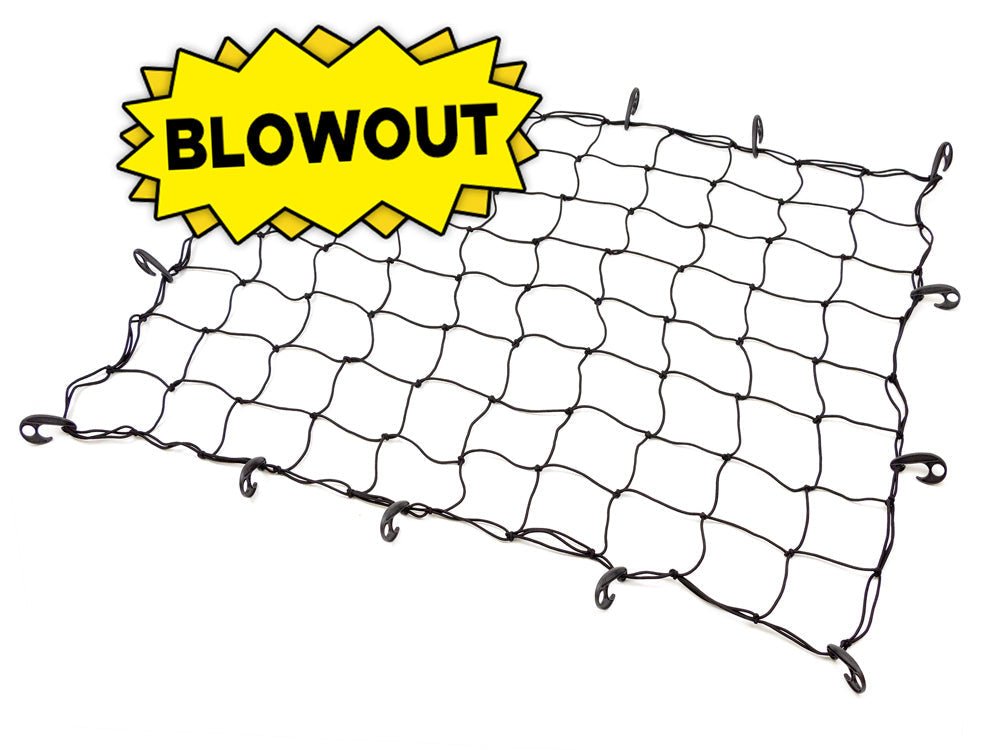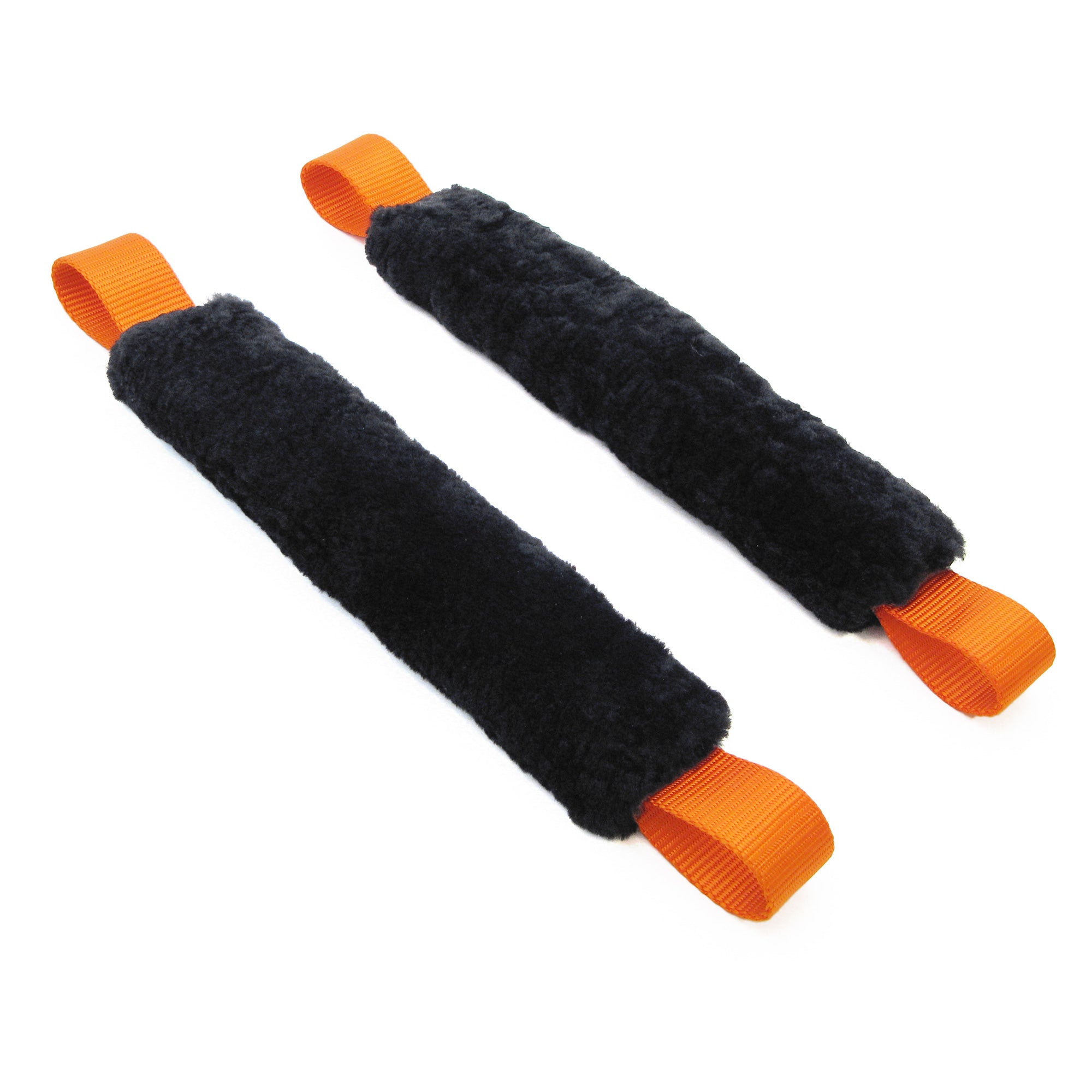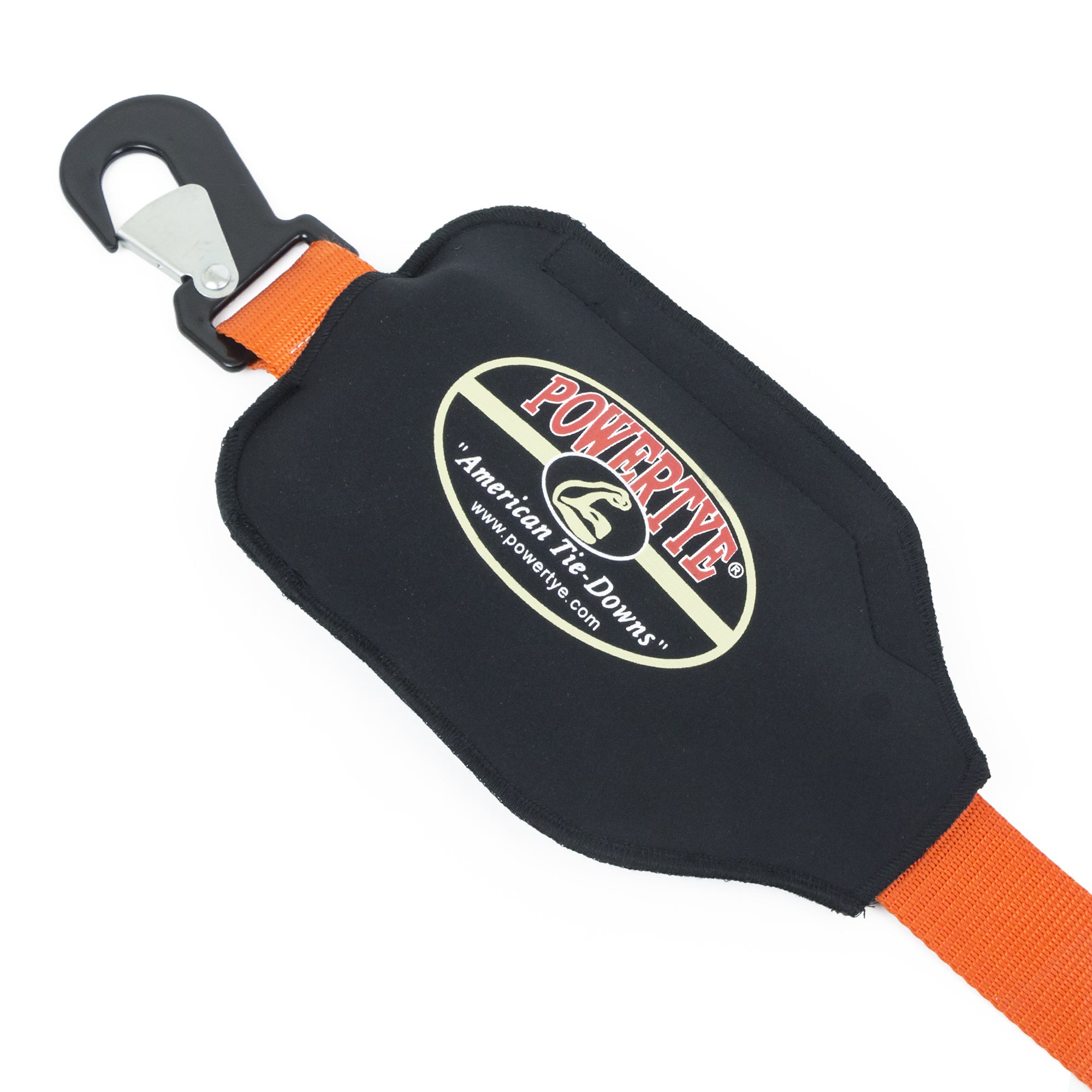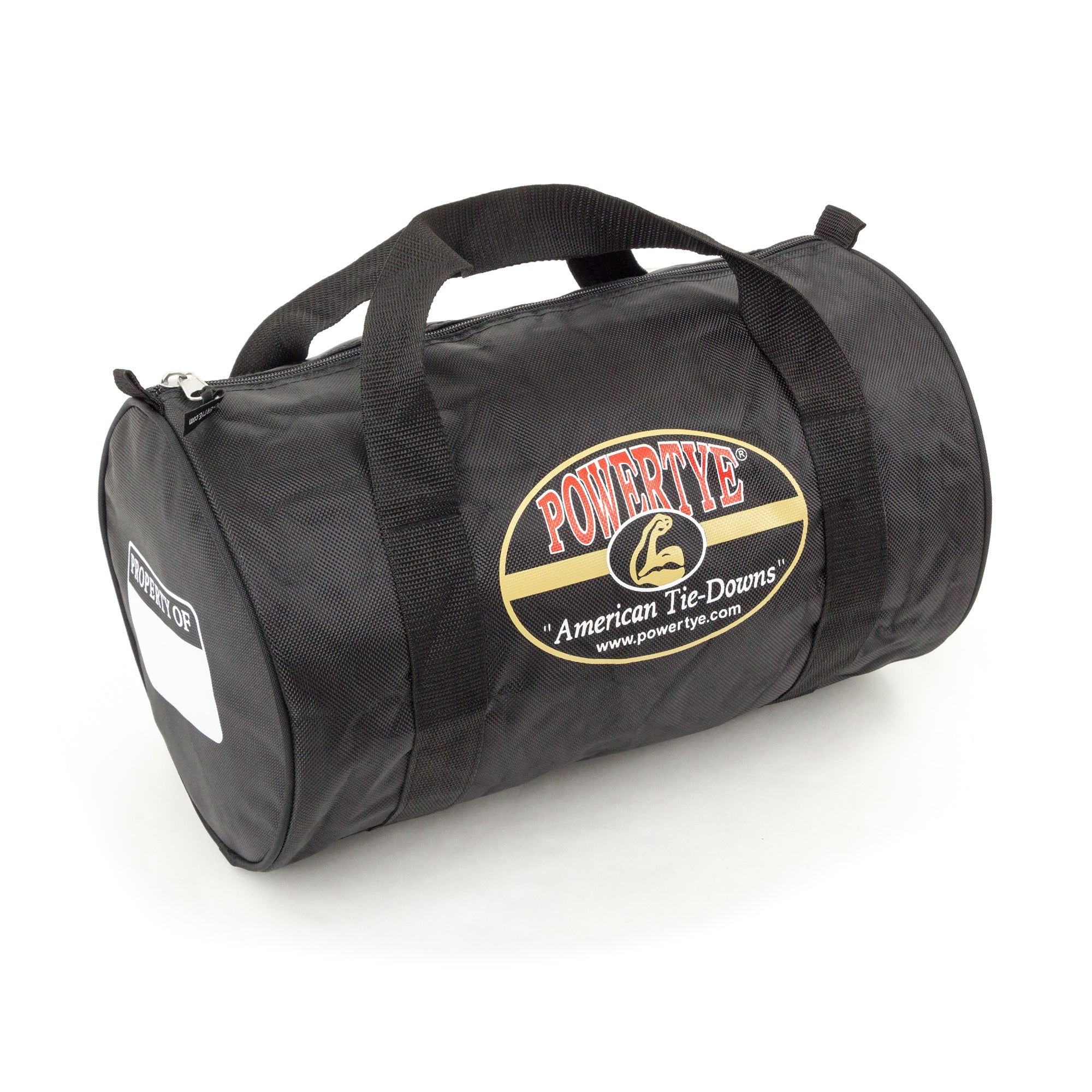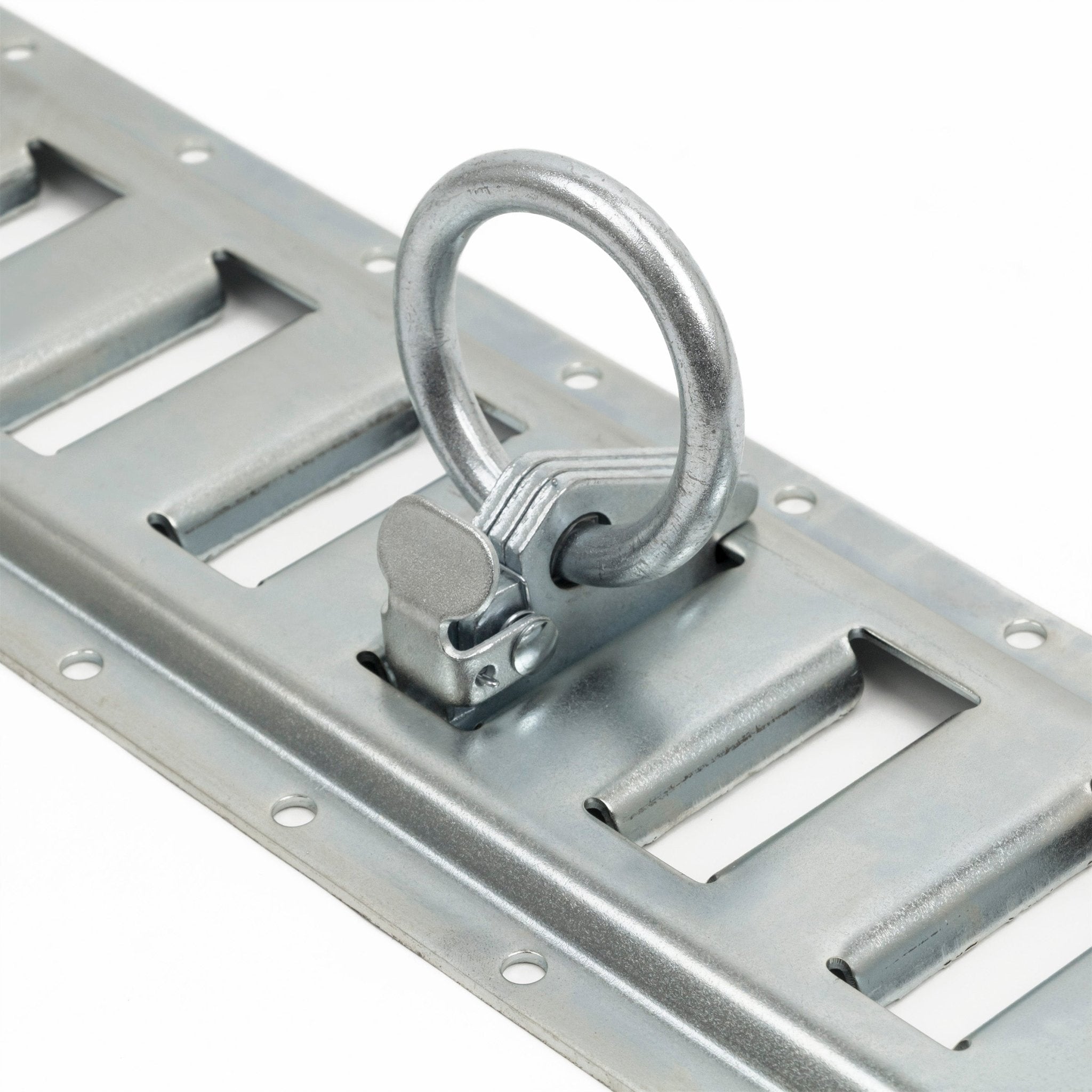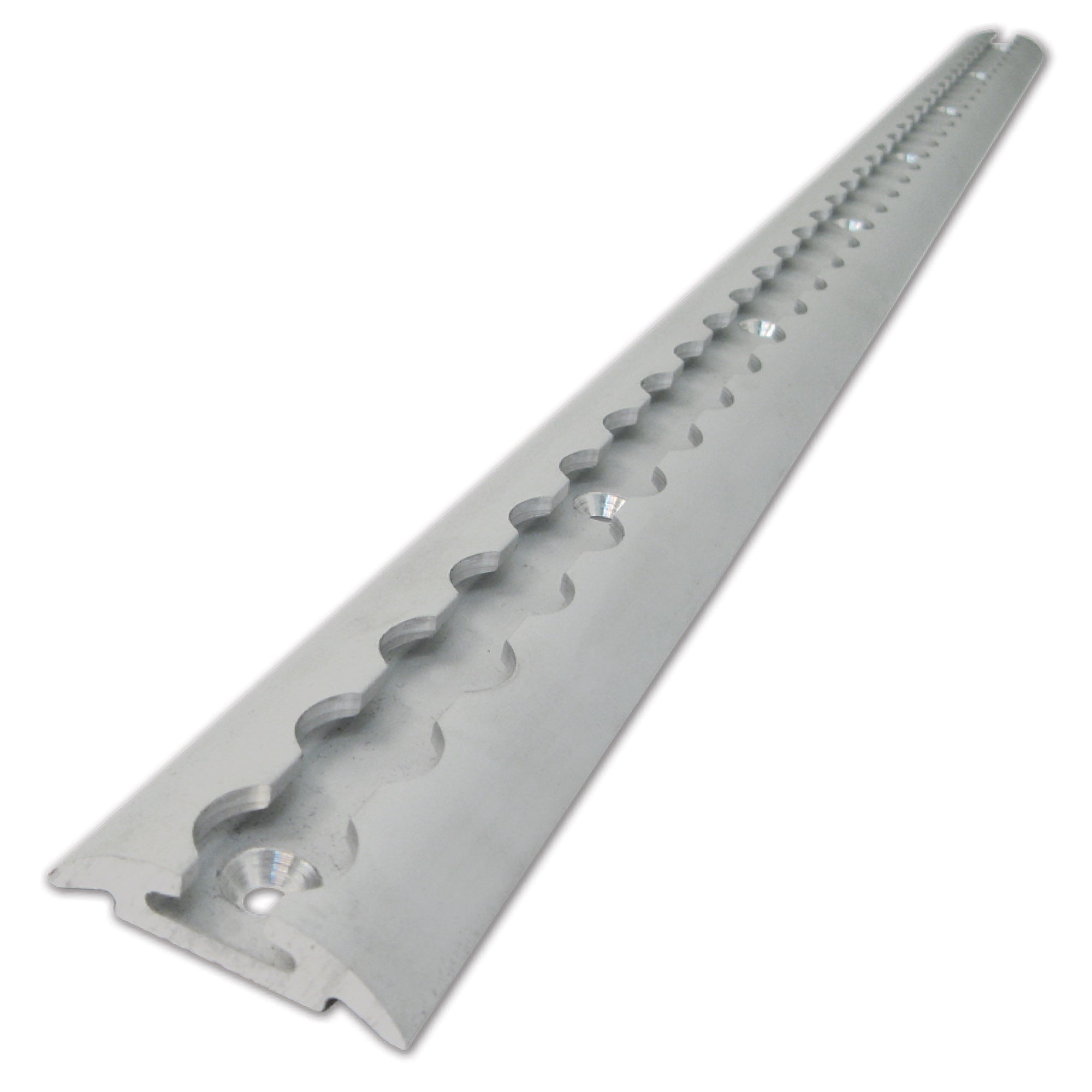The Ultimate Guide to Watercraft Tie-Downs: What You Need, Why It Matters, and How to Use Them
If you're hauling a jet ski, fishing boat, kayak, or any kind of personal watercraft, one thing stands between a smooth ride and a major headache: your tie-down system. Watercraft tie-downs aren't just accessories. They're your first and last line of defense against bumps, crosswinds, sharp turns, and sudden stops. Whether you're towing to the lake or hauling back from the marina, the right tie-down setup is essential.
In this guide, we’ll break down everything you need to know about watercraft tie-downs. We’ll cover what types to use, how to secure them properly, and why it all matters for both safety and performance.
Why Watercraft Tie-Downs Matter
You can’t just throw a rope over your watercraft and hit the road. Boats and jet skis are heavy. They carry momentum, and they shift weight during transport. Without the right tie-downs, you're putting your gear and everyone else on the road at risk.
Here's why it matters:
-
Prevents Load Shifting: Boats and jet skis can bounce, sway, or slide if not properly anchored. That movement can damage your gear or throw off your trailer balance.
-
Protects Against Damage: Rubbing, scraping, or bouncing can crack fiberglass, damage decals, or cause trailer rail marks.
-
Meets Legal Requirements: Most states require that all loads be secured. Failing to do so can result in hefty fines or citations.
- Gives Peace of Mind: When your tie-downs are reliable, you can drive with confidence knowing everything is secure.
Types of Watercraft Tie-Downs
Not every tie-down works for every job. Different watercraft, trailer types, and road conditions call for different gear. Here are the most common types of tie-downs used for watercraft hauling:
1. Ratchet Straps
Best for: Jet skis, small boats, and longer trips
Why: Ratchets allow you to apply maximum tension with minimal effort. They’re ideal when you need a secure, no-slip hold.
Tip: Look for ratchets with coated S-hooks or latch hooks to avoid scratches and improve holding power.
2. Cam Buckle Straps
Best for: Kayaks, inflatables, and lighter boats
Why: Cam buckles are easier to use and perfect for loads under 700 lbs. They provide tension without the risk of over-tightening.
Tip: Use cam buckle straps when you need gentle but firm control over a lightweight craft.
3. Transom Straps
Best for: Boats with transom eyes or platforms
Why: These short, heavy-duty straps secure the rear of your boat to the trailer. They help prevent vertical bounce and lateral movement.
Tip: Cross your transom straps in an "X" shape for added lateral control.
4. Gunwale Straps
Best for: Boats with accessible side rails or cleats
Why: Gunwale straps go over the sides of your boat to create a stable downward force.
Tip: Use soft-tye sleeves or padding to prevent scratches or pressure marks on your hull.
5. Bow Straps
Best for: All watercraft
Why: Bow straps connect the front of the watercraft to the winch post or trailer frame. They prevent forward movement during hard braking.
Tip: Always use a dedicated bow strap. The winch strap is not enough on its own.
What to Look for in Quality Tie-Downs
A strong strap is only as good as the materials and construction behind it. Watercraft hauling puts gear through vibration, exposure, and stress. Here’s what makes a reliable watercraft tie-down:
1. Heavy-Duty Webbing
- Choose polyester straps that are 1.5 to 2 inches wide.
- Polyester has low stretch and high resistance to UV and moisture.
- Avoid nylon for marine use. It stretches too much and weakens when wet.
2. Corrosion-Resistant Hardware
- Look for stainless steel or zinc-coated buckles and hooks.
- Marine conditions are tough on gear. Avoid anything that can rust or seize.
3. Coated or Latching Hooks
- Vinyl-coated S-hooks protect your boat’s contact points.
- Latch hooks provide a locked-in connection that won’t pop loose on rough roads.
4. Built-In Soft-Tye Extensions
- Soft-Tyes create protective loops around handlebars, cleats, or rails.
- These prevent direct contact between the hook and sensitive surfaces.
5. Reliable Stitching and Load Ratings
- Double or box-stitching increases durability.
- Always check the Working Load Limit (WLL) of your straps and never exceed it.
How to Properly Secure a Watercraft
Even the best gear fails if used incorrectly. Follow this step-by-step method to ensure your boat or jet ski stays locked in place.
Step 1: Center the Craft on the Trailer
- Make sure the hull sits evenly on the trailer bunks or rollers.
- The nose should meet the bow stop, and the weight should be balanced front to rear.
Step 2: Install the Bow Strap
- Attach a ratchet or cam buckle strap from the bow eye to the trailer frame or winch stand.
- Tighten until snug, but avoid pulling the boat downward at an angle that lifts the transom.
Step 3: Secure the Transom
- Use two straps to connect the boat’s rear tie-down eyes to the trailer frame.
- Cross the straps for additional lateral support and to reduce bounce.
Step 4: Use Gunwale or Side Straps (if needed)
- For taller or wider boats, run a strap over the gunwale and down to the trailer frame on both sides.
- This provides vertical hold and stabilizes side-to-side sway.
Step 5: Tie Off Loose Ends
- Secure all extra strap lengths to prevent flapping, fraying, or tangling during transit.
Common Mistakes to Avoid
Mistake 1: Using Only the Winch Strap
The winch is designed for loading and unloading, not road transport. Always use dedicated bow and transom straps.
Mistake 2: Over-Tightening the Straps
Cranking too hard can warp fiberglass, crush rails, or leave pressure marks. Tight should not mean crushing.
Mistake 3: Letting Straps Contact Sharp Edges
Watch for trailer corners or hull fittings that can wear through straps. Use protective sleeves if needed.
Mistake 4: Using Old or Worn Straps
Inspect all gear before every trip. If a strap is frayed, faded, or stiff, replace it before it fails.
Mistake 5: Using the Wrong Type of Strap
Not all tie-downs are the same. Ratchet straps are ideal for heavier loads, while cam buckles are better for lighter watercraft or when over-tensioning is a risk.
Examples of Common Setups
For Jet Skis:
- 1 Bow Strap
- 2 Rear Ratchet Straps with Soft-Tye ends
- Optional Gunwale Strap for added security
For Fishing Boats:
- 1 Bow Strap
- 2 Rear Transom Ratchet Straps
- Gunwale or cleat straps if needed for extra side support
For Kayaks or Canoes:
- 2 Cam Buckle Straps across the hull
- Bow and stern tie-downs with Soft-Tyes
- Padding under contact points
Maintenance and Storage Tips
- Rinse straps with fresh water after exposure to salt or sand.
- Dry completely before storing to prevent mildew.
- Store in a cool, dry place out of direct sunlight.
- Keep backup straps in your vehicle or gear box.
Why PowerTye Watercraft Tie-Downs Are a Smarter Choice
When it comes to hauling your watercraft, cheap tie-downs aren't worth the risk. PowerTye straps are designed and made in the USA using premium materials and rigorous quality control. Our ratchet straps, cam buckle straps, and Soft-Tye options are engineered for strength, ease of use, and long-lasting durability.
Whether you're loading up for the weekend or trailering your boat across state lines, PowerTye tie-downs give you the control and confidence to focus on what really matters — the ride.
Conclusion: Secure Smarter, Haul Better
Every time you tow your watercraft, you're trusting your tie-downs with thousands of dollars in gear and your safety on the road. The right setup keeps your load stable, your trailer balanced, and your mind at ease. Take the time to secure it right.
Choose strong materials. Use proper technique. Replace gear when needed. And rely on brands that know what real hauling demands.
PowerTye watercraft tie-downs are made for this. No guesswork. No shortcuts. Just real hold where it counts.
